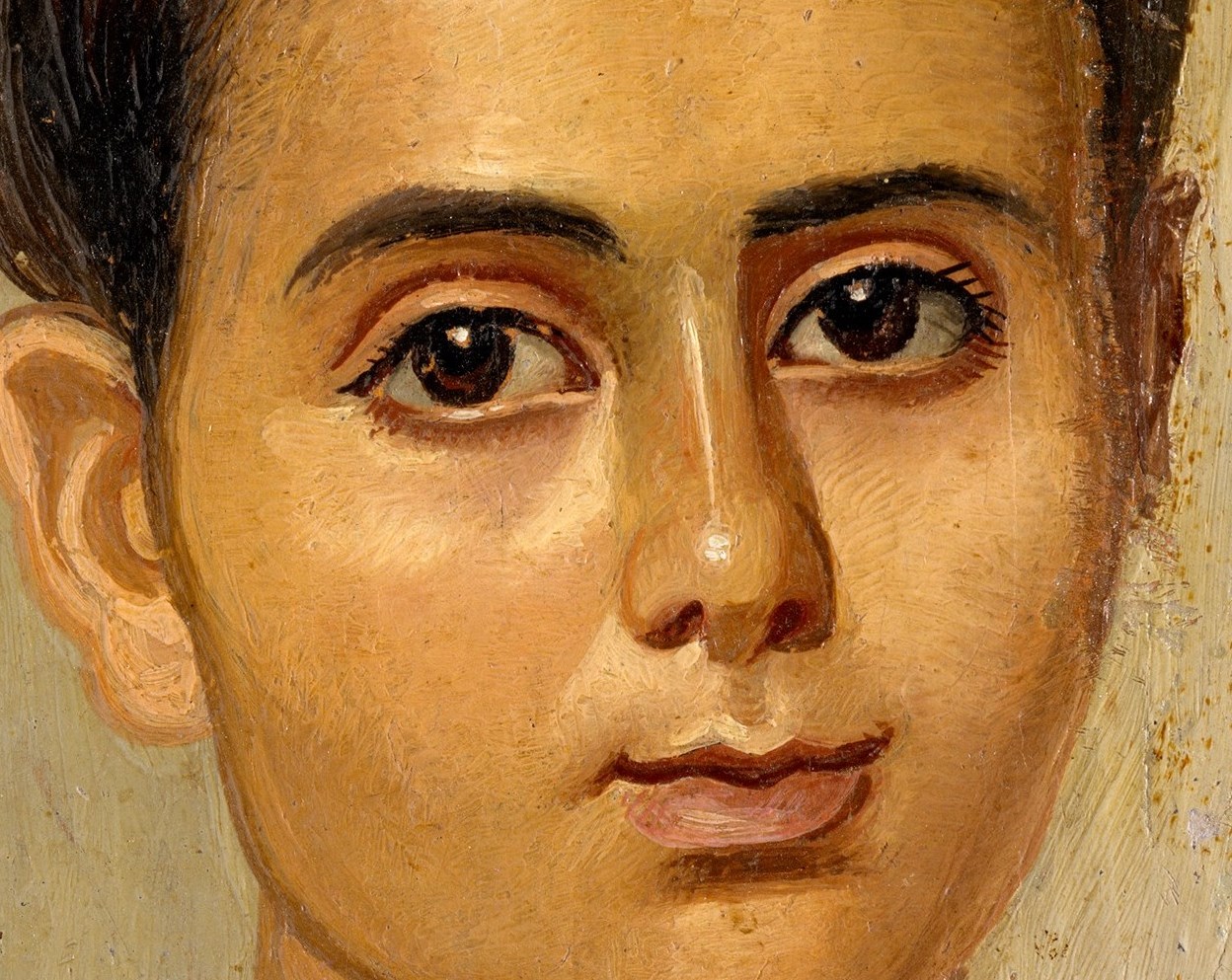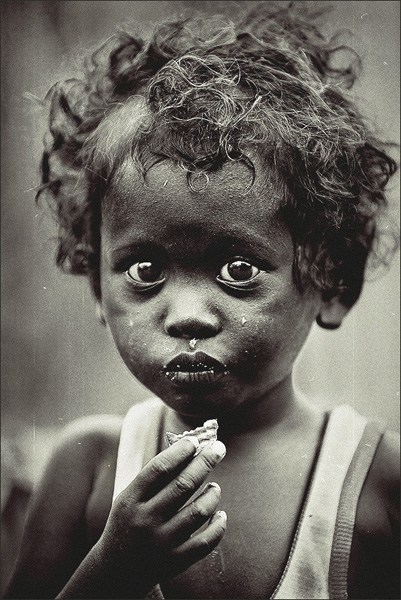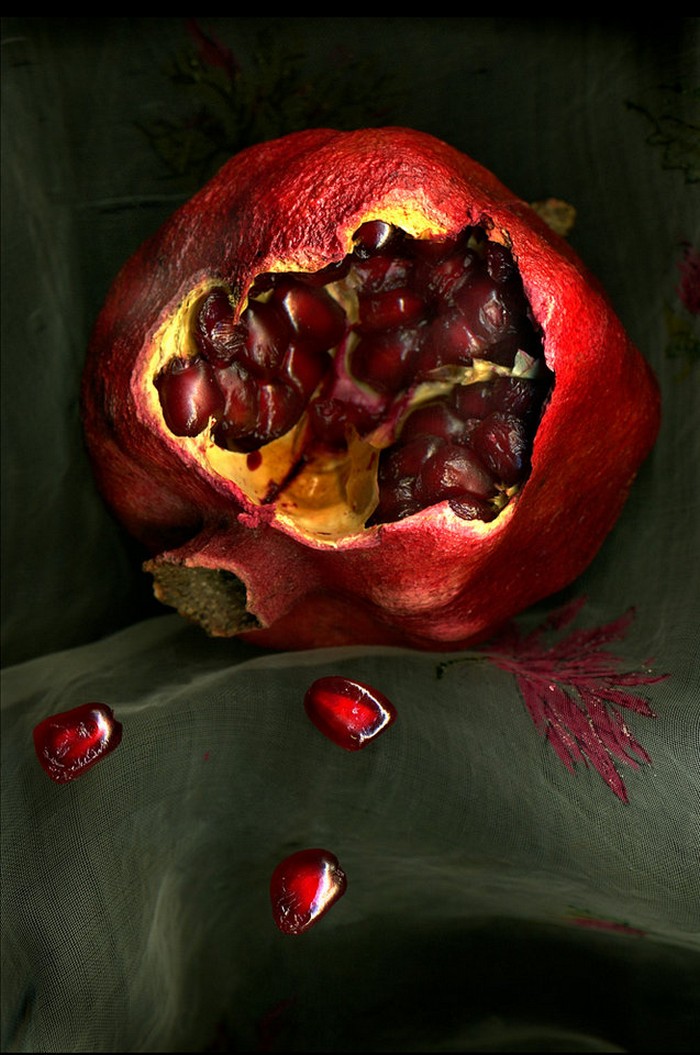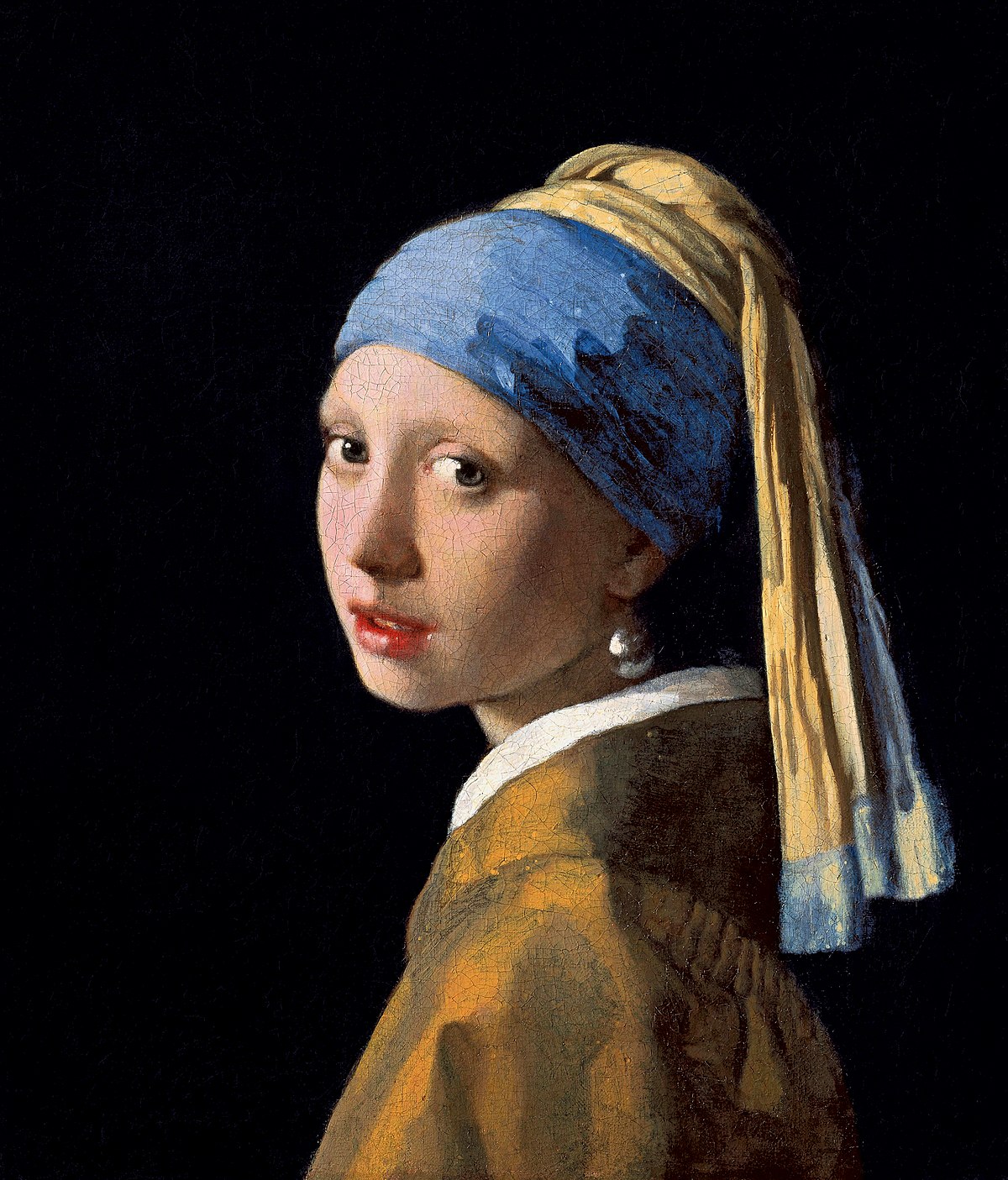framework
Pleated fabric. Draperies as a symbol in art
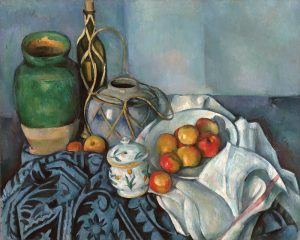 Folded fabric as a visual code accumulates a powerful expressive power. Since the beginnings of classical sculpture, drapery has been a powerful visual tool. In the Middle Ages, it appeared as a symbol of luxury and holiness. In our time, the fabric gathered in folds becomes a pure artistic element to which any representative interpretation can be applied.
Folded fabric as a visual code accumulates a powerful expressive power. Since the beginnings of classical sculpture, drapery has been a powerful visual tool. In the Middle Ages, it appeared as a symbol of luxury and holiness. In our time, the fabric gathered in folds becomes a pure artistic element to which any representative interpretation can be applied.
It is considered that drapery “elevates” any object and makes it more beautiful. Not only because it is beautiful in itself, but also because of a long tradition that has come down to us since ancient times, in the form of an endless series of works of art Continue reading
Classicism: antiquity as a standard
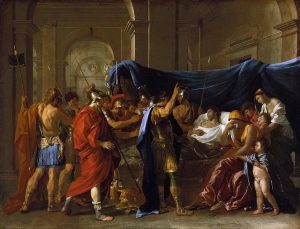 Classicism firmly established in the 17th century European art, having surrendered its position only in the first third of the next century. The classicists worshiped antiquity, piously believed in the idea of the order and logic of the universe, as well as in the limitless possibilities of the human mind.
Classicism firmly established in the 17th century European art, having surrendered its position only in the first third of the next century. The classicists worshiped antiquity, piously believed in the idea of the order and logic of the universe, as well as in the limitless possibilities of the human mind.
The time of occurrence, landmarks and artists of classicism
Classicism appeared and was formed in the XVII century. in France, the heyday of absolute monarchy and subsequently spread to Spain, Germany, England, the Netherlands, the USA and Russia, where it arose in the process of Europeanization under Catherine II, who introduced the fashion to everything French. Continue reading
Transmuseum by Igor Gusev in OXM
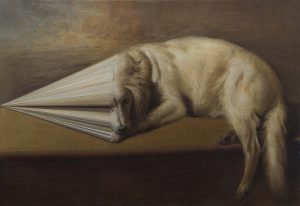 In October 2018, the Odessa Art Museum opened the Transmuseum experimental project of the artist Igor Gusev, which became an artistic intervention in the museum exhibition of classical art. Getting into the halls of classical art and being among the paintings of the XIX century, the viewer discovers a visual paraphrase of these images and joins the object search game. The concentration of Gusev’s works in the museum is small – 10 works in 13 rooms, which allows the “invasion” to remain delicate and unobtrusive.
In October 2018, the Odessa Art Museum opened the Transmuseum experimental project of the artist Igor Gusev, which became an artistic intervention in the museum exhibition of classical art. Getting into the halls of classical art and being among the paintings of the XIX century, the viewer discovers a visual paraphrase of these images and joins the object search game. The concentration of Gusev’s works in the museum is small – 10 works in 13 rooms, which allows the “invasion” to remain delicate and unobtrusive.
In addition to painting, the artist presented the installation, which is located in the central “dance” hall of the museum palace and is a generalized image of the exhibition. Continue reading
